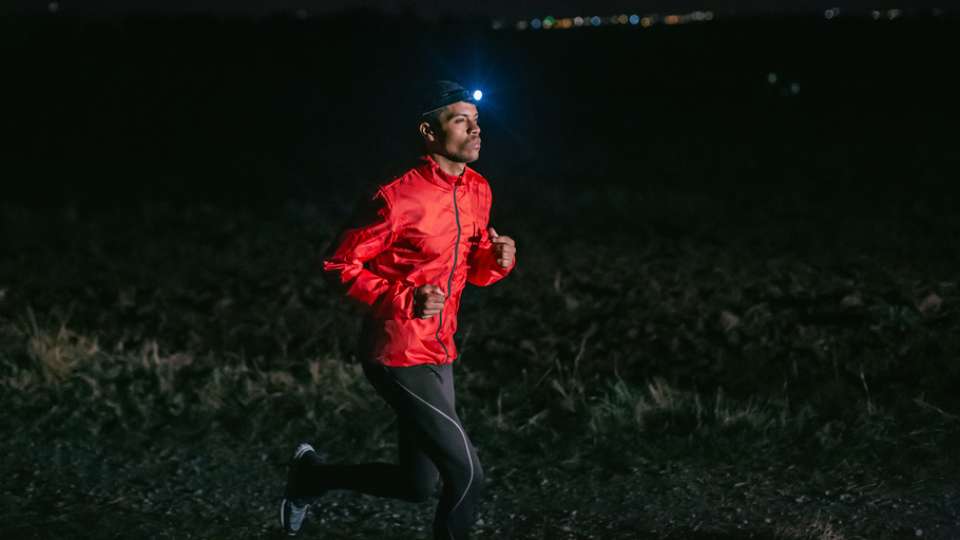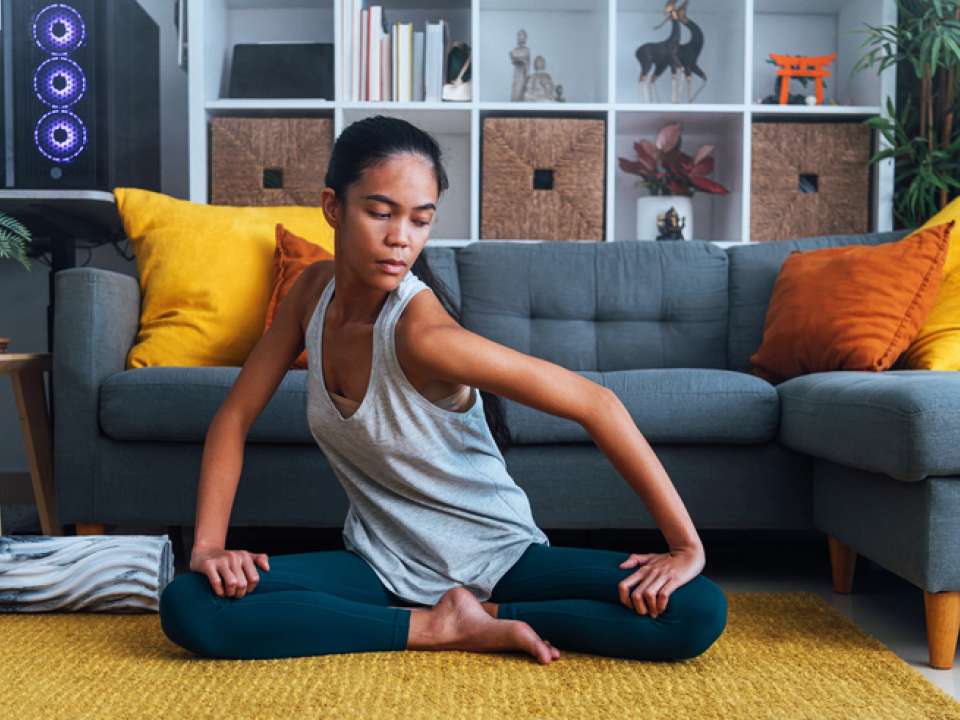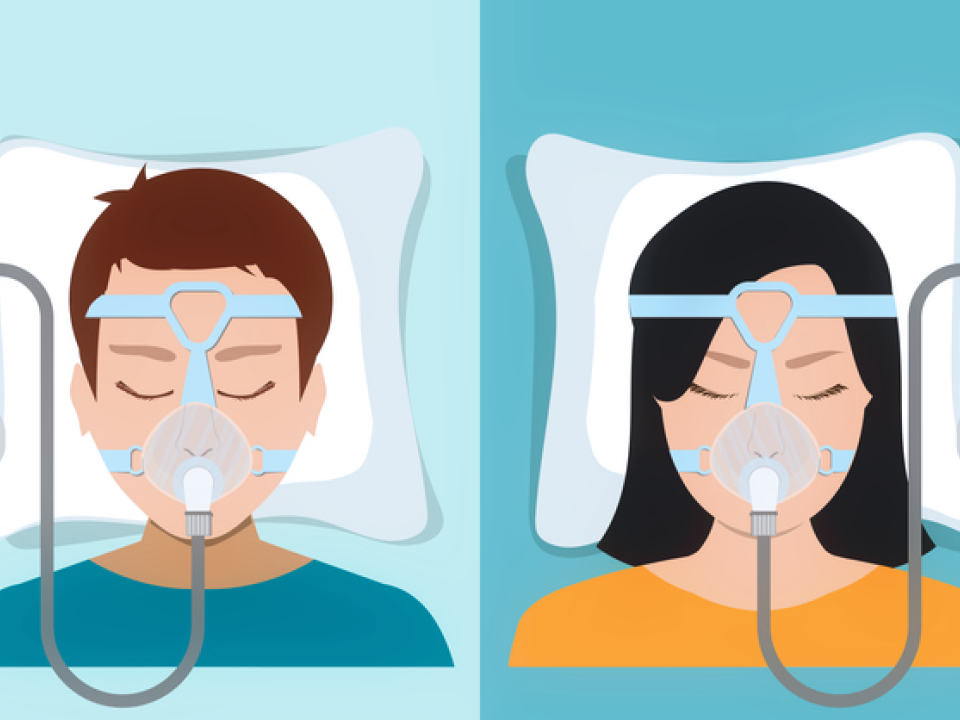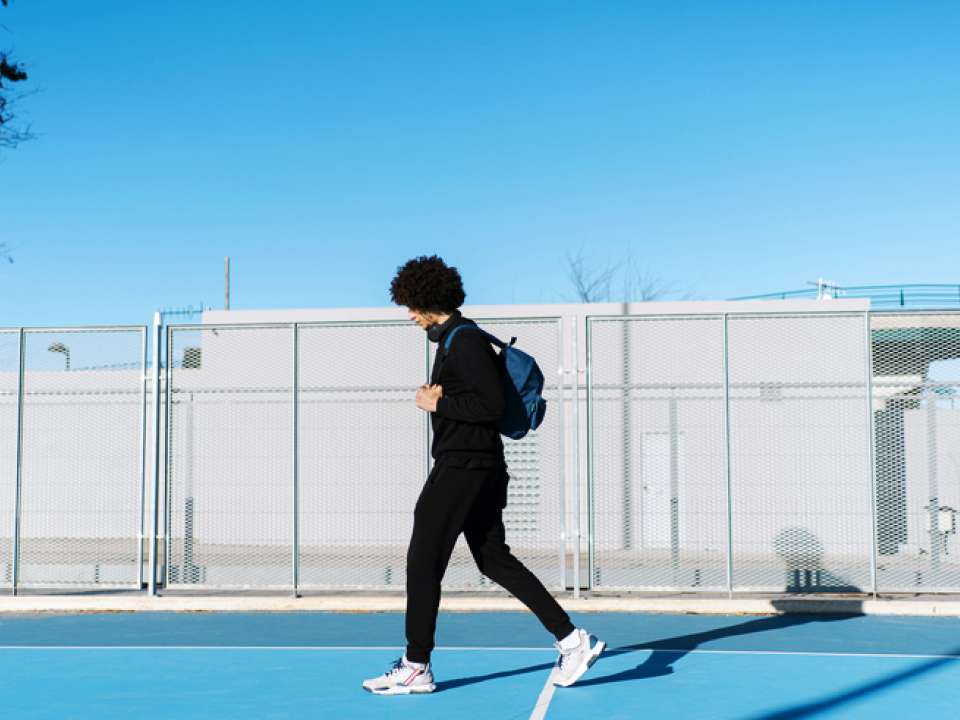
Runners training for overnight, long-distance relay races—like the Ragnar Northwest Passage—purposely train at night to become accustomed to the conditions they will race in. And runners training for fall and winter events—like Seattle Marathon—find that getting in enough mileage often requires running at night.
Lucky for them, options for improving one’s visibility in the dark have improved dramatically in recent years. Elliot O‘Connor, a physical therapist at UW Medicine Sports Medicine Center at Husky Stadium, is a runner. He is familiar with the challenge of staying safe when exercising during the shorter daylight hours of fall and winter.
I see you but you don’t see me
“A good way to think about your visibility on a street or trail is that you can probably see a lot better than you can be seen,” says O’Connor. “If you are under streetlights, you might be able to see, but for other people to see you is a very different story."
According to the most recent pedestrian fatality data from the National Highway Traffic Safety Administration (NHTSA), more than one-quarter of pedestrian fatalities occur from 6-8:59 p.m. And if you extend that window from 6 p.m. to midnight, then the percentage of pedestrian fatalities that occur within that window increases to approximately half.
A headlamp is easy—and effective
O’Connor has some tips for runners trying to stay safe at night. He suggests a light source as the best way to ensure you will be seen by others. Particularly for those traveling on foot, he recommends a headlamp as a lightweight and compact light source that is both easy to wear and effective.
The strategic placement of a light source is an important part of its effectiveness.
“I’ve seen people who have little lights that go on their shoes,” says O’Connor. “That’s great until someone can’t see your feet, and then all of sudden, you are invisible again.”
Headlamps can come with lots of bells and whistles but a simple headlamp will do. You don’t necessarily need the brightest one in the world. Just about anything that has a light on it is going to make you a thousand times more visible.
Multi-use trails are dangerous, too
As for how far the headlamp will enable you to see, O’Connor says that you need to see only about twenty feet in front of you—far enough that as long as you’re paying attention, you won’t trip over anything. But the biggest benefit of a headlamp is the increase in your own visibility to others, not just on streets and sidewalks but on multi-use trails like the Burke-Gilman.
Everyone thinks about the risk of being run over by a car but they don’t think about the risk of running into someone on a bike or motorized bicycle on a mixed-use trail. Motorized bicycles especially are a lot faster and a lot heavier.
“It’s not too different than getting run over by a motorcycle,” says O’Connor.
Remember to light the rear of your body, too
It’s also important to remember to put a light on the back of your body so that you are visible from both front and rear. People often wear a flashing red light on the back of their bodies because flashing red lights are associated with the taillights of cars in traffic.
Many such lights come with small clips that make them easy to attach to a jacket or vest. There are also reflective vests with LED lights built in.
Just remember to separate out anything with built-in LEDs from the rest of your clothing when laundry day arrives. Those LED lights are unlikely to work after a trip through the washer.
Light or white clothes are not enough
Wearing light or white clothes is not enough to increase your visibility at night. And fluorescent clothing, which converts ultraviolet rays of the sun (that we don’t see) into light that we do see, does not work at night, when there is no UV light available.
You must wear reflective clothing and retro-reflective clothing to be safe at night. Reflective clothing reflects light back in all directions, much as a mirror would. Retro-reflective clothing reflects light back to the source that it came from—such as a headlight—and nowhere else.
Companies that make gear for runners have responded with a wide array of reflective safety clothing. They make runner-friendly form-fitting reflective vests and many other items.
When choosing what color of reflective clothing to purchase, keep in mind that studies show red and yellow reflective clothing (paired with flashing lights) improve pedestrian recognition at night. And if you can’t afford the high-fashion options, a good alternative is to place reflective tape on your existing clothing.
What else?
Once you’ve got your all-important lights and reflective clothing lined up, remember to consider the other elements that will keep you safe when exercising in the fall and winter.
- Warm up before you begin any outdoor activity in the cold.
- Wear a warm layer AND a waterproof layer.
- Bring or wear gloves and hat, as your hands and ears are likely to get cold first.
- Wear a lightweight pack to hold extra layers as you remove them.
- Take your iPhone with you, preferably tucked out-of-the-way in a handy zipper pocket.
- Bring a buddy with you if possible, as there is safety in numbers.
- Let someone know where you’re going and when you expect to return.
- Check the slipperiness of the streets before venturing out, particularly when the temperature is at or around freezing.
- Wear footwear with good tread (fallen leaves can be slippery).
- Leave your headphones at home. If you must listen to music, use a single earbud instead.

 Healthy ideas for your inbox
Healthy ideas for your inbox





